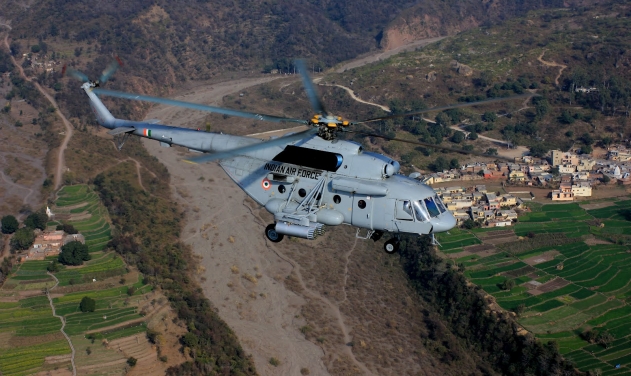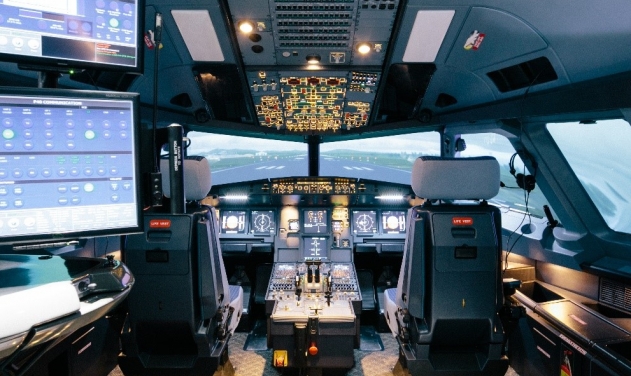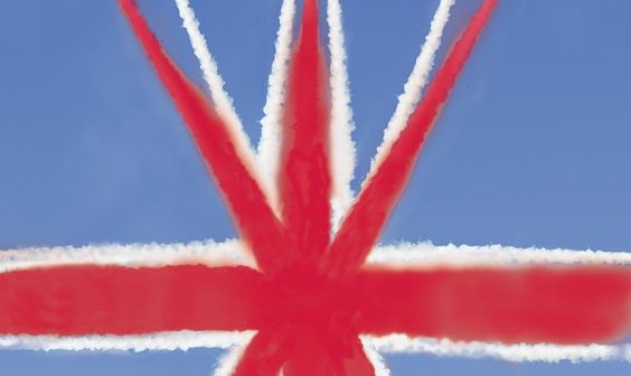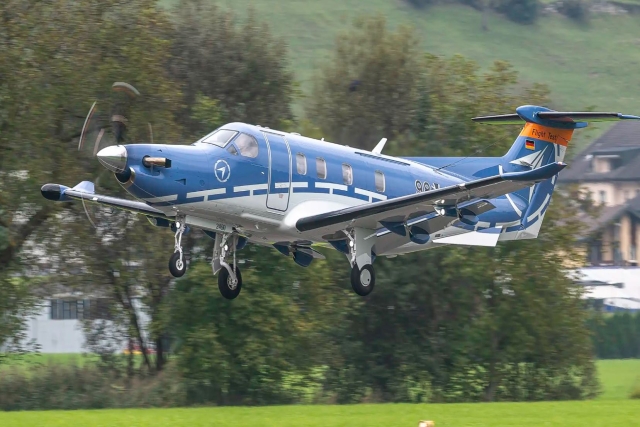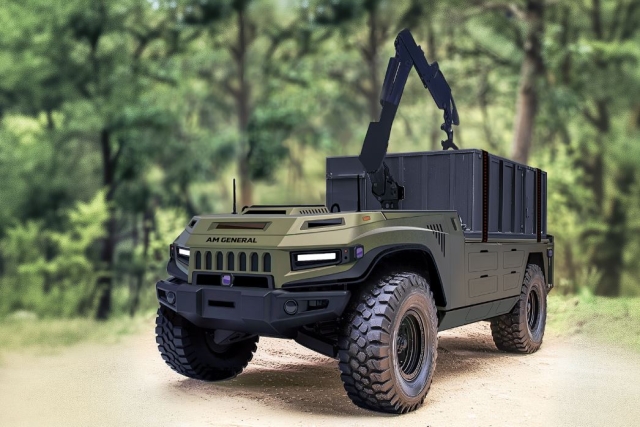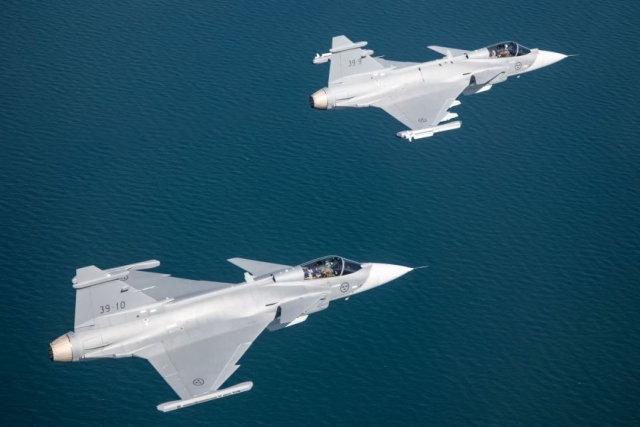Indian Air Force Inducts Home Made All-weather AEW&C System
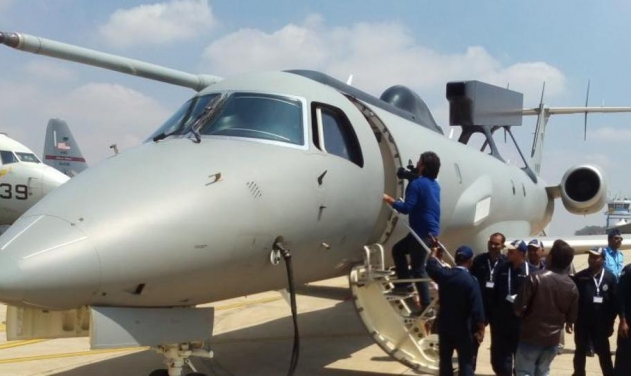
The Indian Air Force has inducted today its first indigenously developed airborne early warning and control (AEW&C) system, integrated on a Brazilian Embraer-145 jet.
It's a Rs 2,400-crore (US$ 359.2 million) project. The Netra AEW&C system that has a range of around 200 km. It boosts the surveillance plane’s capability to detect enemy aircraft and missiles.
Developed by the Defence Research and Development Organisation (DRDO), the aircraft was handed over to the IAF on the opening day of Asia’s largest air show Aero India-2017.
“The induction of the AEW&C aircraft is the highlight of the air show for the air force. We need to swiftly scale up our airborne surveillance capabilities,” a senior IAF officer said.
India signed a $208-million contract for three Brazil-built Embraer-145 planes in 2008 as part of a DRDO programme to scale up the IAF’s AEW&C capabilities. The India's deal with Embraer was in the news last year because of kickback allegations.
At present India has only three Phalcon AWACS, which uses the Israeli early-warning radars mounted in domes atop IL-76 aircraft.
India has also considered a proposal to buy a total of six A330 aircraft on which the AWACS may be mounted, taking the value of the deal to around $2.5 billion. The first such aircraft could be inducted by 2025.
The radar system to detect far-off targets will be developed by the DRDO. Airbus Defence & Space was the only bidder for the AWACS India programme, making it the first single vendor project to be cleared by the NDA government.
The AWACS is a monitoring system that provides 360-degree coverage, compared to AEW&C’s 240-degree capability. The AWACS also has better range and endurance.
